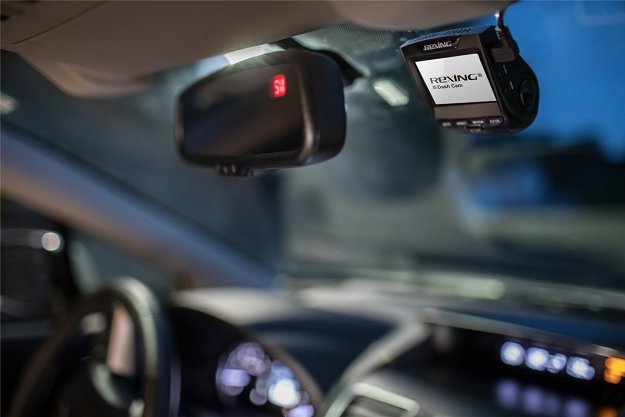
Forget Napalm. The Brabus B63S 700 6X6 is what truly smells like victory.
If you’re not familiar, Brabus is the Mercedes-Benz tuner company that takes Merc’s already wild AMG cars and infuses them with the essence of Liberace and the power of an atomic bomb.
The B63S 700 6X6 is based on the G63 AMG 6X6, which was already monumentally wacky. In the hands of Brabus, it has become a car fit for Lucifer himself. The engineers at Brabus popped the hood of the six-wheel drive monster and upped the power of the turbocharged 5.5-liter V8 from 544 horsepower and 561 pound-feet of torque to 690 hp and 708 lb-ft. – thanks to two new turbos.
Despite its massive size, the B63S will do 0-62 mph in just over seven seconds. And that, good sirs, is with 37-inch tires at all six corners. All that power is sent to all six wheels through an AMG seven-speed transmission, which can be manually shifted with paddle shifters behind the steering wheel.
As for the interior, well, just look at it. It’s the kind of interior where you don’t have to worry about ruining the upholstery with bloodstains. This makes it perfect, then, for a post-apocalyptic runabout.
What’s also apocalyptic is the price tag: $400,000 – $500,000, according to Motor Authority. Let’s face it, with a sticker price like that, the only chance you’re going to see one of these German luxury 6X6s is if you stumble upon one while you’re fleeing zombies in Mitt Romney’s neighborhood.
Ready to saddle up a Brabus 6×6? Where would you go?


